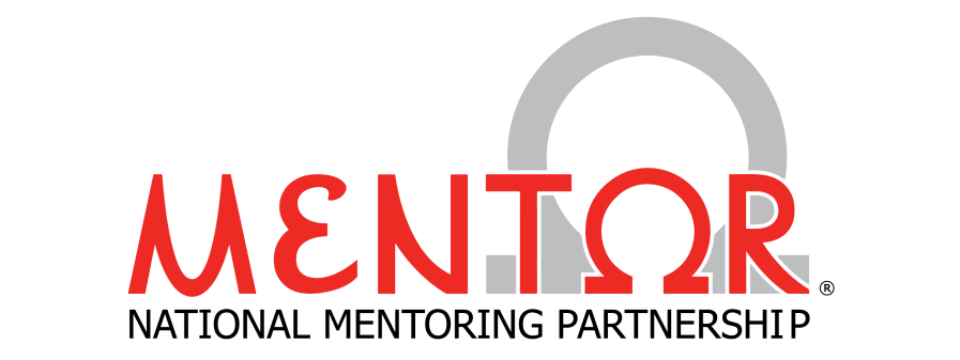An Interview with Dr. Michelle Munson
 LY: As an expert on youth aging out of the child welfare system, what have you found to be the most important factors in youth making a “successful” transition into adulthood?
LY: As an expert on youth aging out of the child welfare system, what have you found to be the most important factors in youth making a “successful” transition into adulthood?
MM: So many things go into making a “successful” transition to adulthood. We know that for all young people it takes a lot of support, resources, education, information, skills and love. In our research we have found that young people find it helpful during their transition years when they are able to remain connected to supportive adults, whether they are biological family members, foster families, and/or professionals. These adults provide varied types and amounts of tangible, emotional and informational support.
LY: Based on your research, how does natural mentoring play a role for youth in the child welfare system?
MM: Based on my research, most natural mentoring relationships that youth in the child welfare system value possess consistency, or provide an often needed ‘steady presence’ in the lives of youth in transition.
Beyond the quality of ‘consistency’, our research has shown that natural mentors relate to youth and young adults involved with child welfare through a variety of relational paths. Through the lens of the Rhodes model of youth mentoring (2002) – the relationships we have analyzed take on a socio-emotional, role modeling, and/or cognitive focus, or some combination of these foci. One idea we are working on in our group is to develop program structure, process, and content based on specific relational needs of youth identified aprioi.
LY: Is there an ideal time when a mentor would be most beneficial for youth in the child welfare system?
MM: I have not read studies in the literature that examine this question; however, I think mentoring is underutilized in the child welfare system and could be leveraged as an important service for school-age children, and older youth transitioning to adulthood. I think that we are at a place where we are just beginning to learn what young people in out-of-home care most need at different ages, and what effects various mentoring programs have on them.
LY: What do you see as the most pressing challenge?
MM: From my point of view the most pressing challenge for mentoring among child welfare involved youth and those transitioning from the system is the challenge of developing a ‘relational’ intervention for youth who have experienced serious relational violations, often in their most significant care-giving relationships. This is a pressing challenge. Program developers, staff, and mentors need to be particularly skilled, trained, and supervised in the unique needs of youth who are likely to have a an abusive relational past. This is complicated, as professionals do not want to assume the worst; but from my vantage point it is a serious challenge to expect relational ‘connection’ to occur, which requires trust, when past abuse experiences are not acknowledged, dealt with, and respected.
LY: Another aspect of your research examines young adults decisions to seek or not seek mental health care, what have you found to be the greatest factor influencing this decision?
MM: The work I am doing to refine and test an intervention that utilizes a group mentoring approach to influence mental health decision-making is influenced by theories of communication and social learning. The mentor, in this case, a recovery role model – who is a person a decade older than participants – is a co-facilitator of the intervention program. They model and provide specific health messages while also talking frankly about some of the barriers our research has illuminated that keep young adults from seeking help. The role models also relate messages about important processes needed to transition to independent adulthood, such as securing housing and/or employment.
While I cannot say which one factor influences the decision most, what I can say is our research has identified a core set of multi-level factors that are ‘at play’ in help-seeking, and our current research is aimed at empirically testing which factor has the greatest influence.
LY: Did you have a mentor growing up?
MM: I had many mentors growing up. My mentor as a child was my first swimming coach who I met when I was seven and swam for until I was in junior high. And, in high school my pastor was an influential natural mentor in my life.
I have also been involved in mentoring in many other ways. I was first a mentor in high school in a service learning program modeled after Big Brothers Big Sisters program called ‘Faithful Friends’. Then, my first job out of college was as a Youth Outreach Director. In this position, I mentored high school youth and I became the Director of Faithful Friends.
Then, after getting my social work degree, I became a clinical social worker working in urban settings with low income children and families. As a social worker, the relational needs of my clients, was clear and was extensive. I was chosen as a BBBS Mentoring Fellow through a program funded by Chase Manhattan Bank. In this Fellowship, I came together with social services professionals from throughout NYC to consider new and innovative ways to develop mentoring programs. My time as a Fellow led to the beginning ideas for the group mentoring intervention I am developing and testing now for youth with mental health challenges.
I challenge all of us in the ‘helping professions’ to think back on our own lives and consider those who have mentored us and the impact it has had on our lives.









